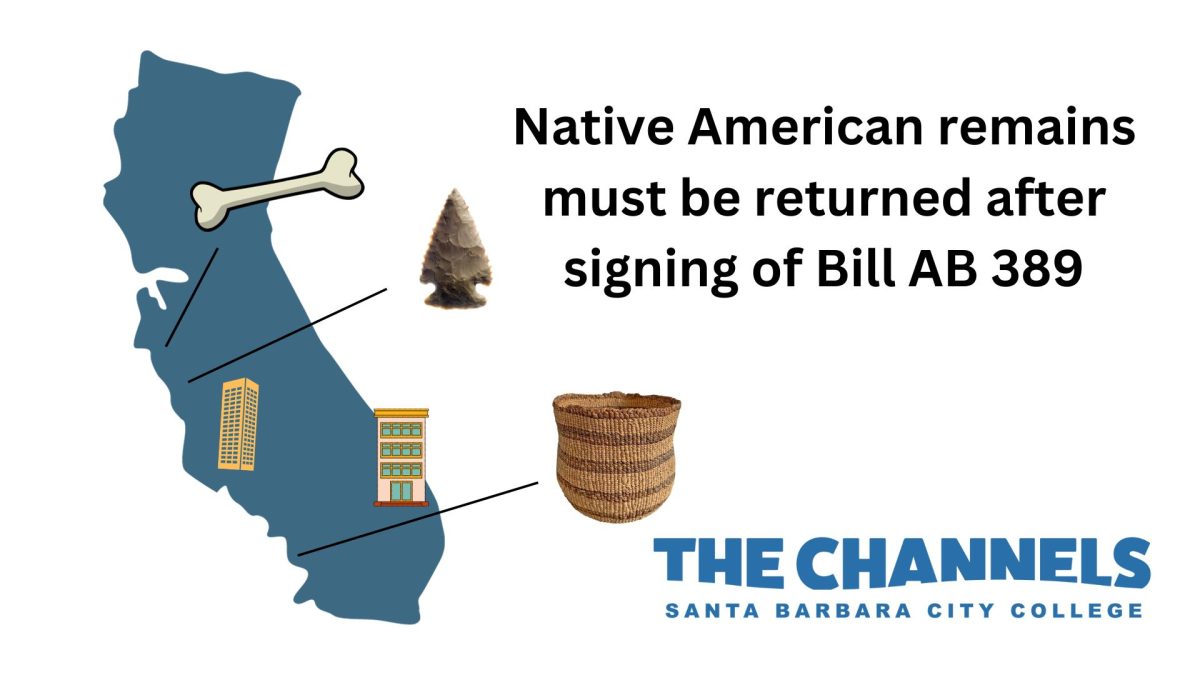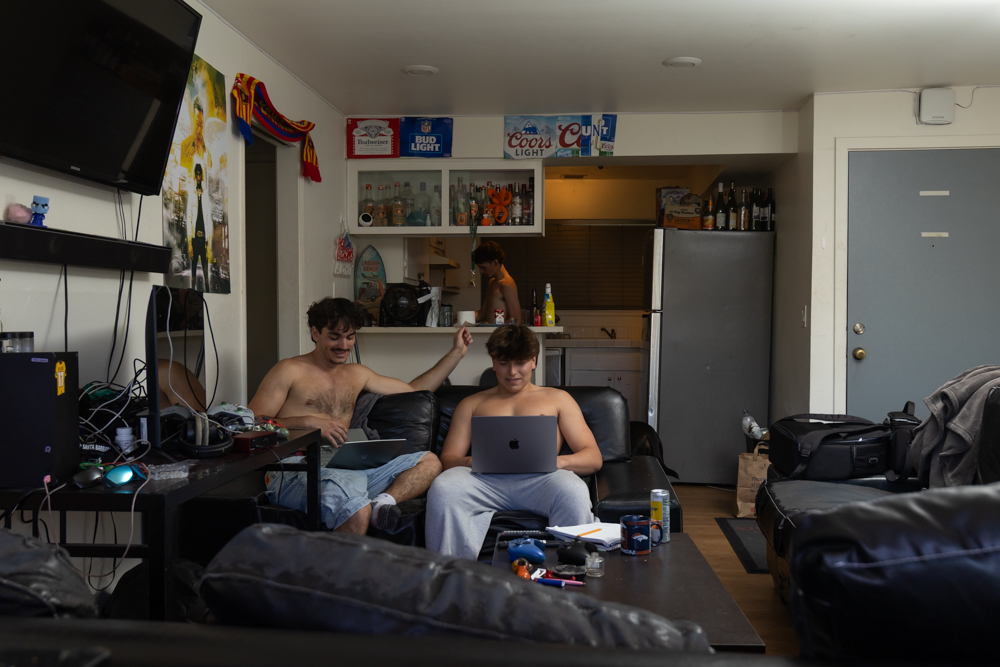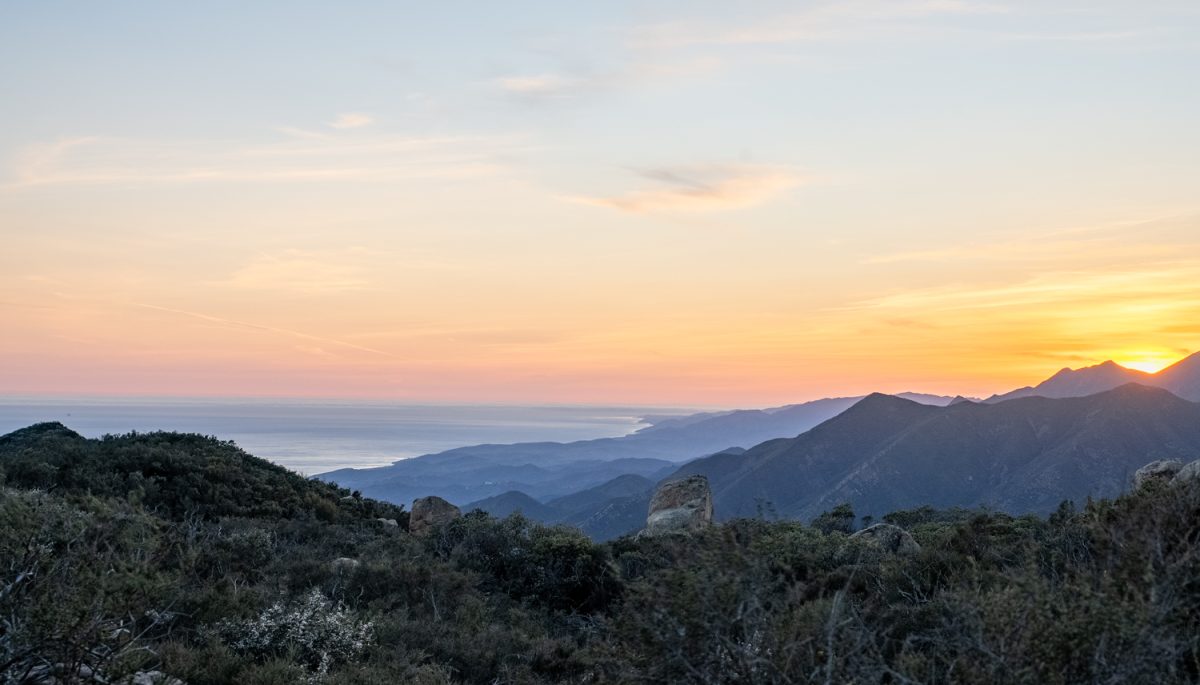Governor Gavin Newsom recently signed Bill AB 389, introduced by California Assembly member James Ramos, which compels California State Universities to report and return Native American remains and cultural artifacts to their respective tribes.
In 1990, the Native American Graves Protection and Repatriation Act (NAGPRA) was signed into federal law and “provided for the repatriation and disposition of certain Native American human remains, funerary objects, sacred objects, and objects of cultural patrimony.” Institutions across the country ultimately ignored this law, and Bill AB 389 was recently signed to reinforce NAGPRA within the state of California.
“My first reaction is: is this really still going on?” said Tina Foss, professor of Native American studies at City College. “I was aware that was a problem 50 years ago, but no one was responding to any of our concerns.”
On June 19, 2023, it was recorded that almost 700,000 Native American remains and cultural artifacts were in the hands of CSU campuses. In the same report, it was uncovered that out of the twenty-three CSU campuses, only three had policies that complied with NAGPRA.
“The idea is that there are museums and universities all over America that have huge collections that were acquired in rather questionable ways,” Foss said. “Collecting one ethnic group’s bones in large quantities is a bit insane, and certainly, it’s very disrespectful.”
The issue of Native American remains being unprotected or withheld from their respective tribes has been a problem within historical and anthropological communities for decades. Foss reflected on her personal experience with this issue dating back to the 1970s.
“I was taken on a tour of the anthro department and they proudly showed us that they had lots of things concerning the Chumash [tribe],” Foss said. “What bothered us was that they opened drawer after drawer after drawer full of bones of people in the room. I found it horrendously offensive.”
Foss described seeing, “femurs in one drawer and skulls in another” with the university intending for students to come in and use the remains as learning enhancement tools.
A common argument from universities and institutions that withhold these remains and cultural artifacts is that they are used for educational purposes. This insinuates that the “handling of bones” enhances the student’s learning experience as opposed to using synthetic replicas.
“I wondered, why is it okay to do that with Native American ancestors, but other people in America would be very upset if their ancestors were dug up out of a graveyard and put in the university’s drawers?” Foss asked.
The gradual build-up of laws having been passed that protect Native American ancestral history has advanced in recent years. This wasn’t always the case; Foss reflected on her involvement in protecting the Hammonds Meadow in Montecito when construction companies were looking to build housing there on Chumash land decades ago.
“I remember being nine months pregnant sitting down in front of a bulldozer, and the bulldozer operator laid over the front and said to me, “So what are you gonna do to me If I dig this hole?” and he was laughing,” Foss said. “I realized there was no law to protect those graves there.”
In addition to a lack of legislation both statewide and at the federal level for many years before 1990, at the core of the issue, part of the problem is the difficulty in identifying what tribes are “federally recognized” and which ones are not.
“California has a weird situation that it’s important to understand when looking at all these laws that were just recently passed,” Foss said. “More than something like 60% of the Native Americans in this state are not federally recognized.”
Items are unable to be returned to people and tribes that seemingly “don’t exist.” In the government’s eyes, tribes without federal recognition are viewed as such. The laws in place don’t impact tribes and communities that aren’t federally recognized because it’s difficult to determine who they are, their ancestral past, and track down their history of existence at some point in time to the present day.
“I feel it’s very politically motivated by the federal government to eliminate people from counting them as Native Americans so you don’t have to give them anything,” Foss said. “The fewer people you define as Native American, the better off the federal government is. If only a federally recognized group can access it [their cultural artifacts/remains], then the other groups who are equally part of that culture and bloodline feel they’re left out in the cold.”
Ultimately, AB 389 joins NAGPRA in trying to “fix” historical wrongs to Native American tribes. The logistics behind identifying who is part of a tribe is part of the issue, even while universities fail to comply with laws in the first place. Nonetheless, legislation like Ramos’s accompanies laws like AB1314, AB2022, and more that attempt to justly serve the Native American community.
“It is very disappointing to see that the same issues you started talking about 50 years ago are still an issue that doesn’t speak well for how we’re dealing with these issues,” Foss said. “Yeah, it’s depressing, but I think it is still pretty exciting to see it finally happening.”




![Milton Alejandro Lopez Plascencia holds a flag showcasing the United States and Mexico on Feb. 7 in Santa Barbara, Calif. “It’s heartbreaking to see what is happening all across the country,” Lopez Plascencia said. “I [want] my voice to be heard by the community.”](https://www.thechannels.org/wp-content/uploads/2025/05/MGSImmigration-1-1200x800.jpg)


![The new Dean of Social Science, Fine Arts, Humanities and English, Eric Hoffman beams on May 2 in Santa Barbara, Calif. "My major professor in college [inspired] me," Hoffman said. "You can really have a positive impact on people's lives in education."](https://www.thechannels.org/wp-content/uploads/2025/05/MGSHoffman-2-1200x800.jpg)

